Home>Furniture>Living Room Furniture>What Is A Coffee Table Used For
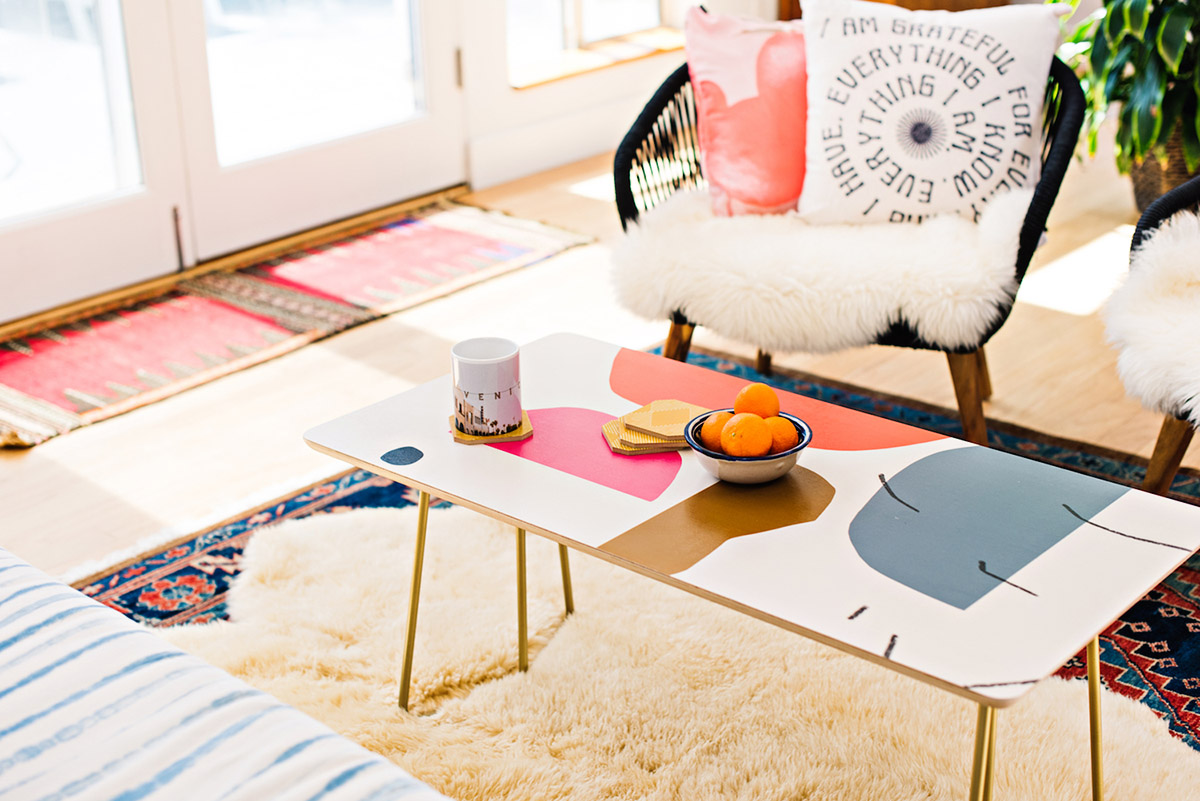

Living Room Furniture
What Is A Coffee Table Used For
Modified: October 31, 2024
Discover the functionality of a coffee table in your living room. Find out how this essential piece of living room furniture serves as a versatile surface for displaying decor, holding beverages, and providing storage options.
(Many of the links in this article redirect to a specific reviewed product. Your purchase of these products through affiliate links helps to generate commission for Storables.com, at no extra cost. Learn more)
Introduction
When it comes to furnishing our living rooms, one piece of furniture that is almost always present is a coffee table. This versatile and functional piece not only adds aesthetic appeal to the room but also serves multiple purposes. Whether you’re sipping a cup of coffee, gathering with friends, or displaying decorative items, the coffee table plays a crucial role in our daily lives.
In this article, we will explore the various uses and benefits of a coffee table, and delve into its historical background and evolution. From its humble beginnings to its status as a staple in modern living room design, the coffee table has come a long way. So, let’s dive in and discover the wonderful world of coffee tables.
Key Takeaways:
- Coffee tables are versatile and essential pieces of furniture that serve multiple purposes, from providing a convenient surface for drinks and snacks to acting as decorative focal points in our living rooms.
- With their diverse designs and styles, coffee tables can enhance the functionality and visual appeal of different spaces, including living rooms, bedrooms, and even commercial settings, making them indispensable furniture pieces.
Read more: What To Use Instead Of A Coffee Table
Definition of a Coffee Table
A coffee table is a low, long table that is typically found in the living room or lounge area of a home. It is usually placed in front of or next to the sofa, providing a convenient surface for placing drinks, snacks, magazines, and other items within easy reach. Coffee tables come in various shapes, sizes, and materials, allowing for customization and compatibility with different interior design styles.
Traditionally, coffee tables were made of wood and had a rectangular or round shape. However, modern designs have expanded the options, with coffee tables now available in square, oval, and even irregular shapes. The materials used in their construction range from wood, glass, and metal to more unconventional options like acrylic or stone.
One defining characteristic of a coffee table is its height, which is usually lower than the seat height of the surrounding furniture. This facilitates easy access to the table’s surface while sitting on the sofa or chairs. Coffee tables typically range from 16 to 18 inches in height, although the exact height can vary based on personal preference and the design of the table.
Moreover, coffee tables often feature additional elements that enhance their functionality and design. These can include shelves or drawers for storage, wheels or casters for mobility, and even built-in features like built-in power outlets or USB ports for charging electronic devices.
Overall, the coffee table is an essential piece of furniture that combines style and functionality, serving as a central hub for various activities and adding a finishing touch to the overall aesthetic of the living room.
Historical Background of Coffee Tables
The origins of the coffee table can be traced back to the Victorian era in the late 19th century. During this time, coffeehouses became popular social hubs where people gathered to enjoy a cup of coffee and engage in conversation. As a result, the need for a small table to hold coffee cups and saucers arose. This led to the development of what is known today as the coffee table.
Early coffee tables were often simple and functional in design. They were typically made of wood, with square or rectangular tops supported by four sturdy legs. These tables were primarily used in Victorian parlors, where they provided a convenient surface for serving coffee and displaying decorative items.
As society evolved, so did coffee tables. In the 20th century, the advent of modernism revolutionized furniture design, leading to innovative and artistic creations. The introduction of new materials, such as glass and metal, allowed for more contemporary and unconventional designs.
In the mid-20th century, the coffee table gained prominence in popular culture, thanks to the rise of television. With the arrival of television sets in households, coffee tables became an integral part of the living room furniture ensemble. They provided a practical surface for placing snacks, drinks, and remote controls while enjoying television programs.
The 1960s and 1970s witnessed a surge in creative and avant-garde coffee table designs. The iconic Noguchi table, designed by Isamu Noguchi, became a symbol of modernist minimalism with its unique sculptural shape and glass top. Other notable designs of this era included the Tulip table by Eero Saarinen and the Barcelona table by Ludwig Mies van der Rohe.
In recent years, coffee table designs have become even more diverse and eclectic, reflecting the ever-evolving tastes and styles of homeowners. From sleek and contemporary designs to rustic and farmhouse-inspired creations, there is a coffee table to suit every interior design aesthetic.
Overall, the coffee table has evolved from a simple, functional piece of furniture to a design statement and a focal point in many living rooms. Its rich historical background and enduring popularity make it an essential element in modern-day interior design.
Design and Styles of Coffee Tables
Coffee tables come in a wide variety of designs and styles, allowing homeowners to find the perfect match for their living room decor. From classic and traditional to modern and contemporary, there is a coffee table to suit every taste and preference. Here are some popular design styles:
- Traditional: Traditional coffee tables often feature intricate details, such as carved woodwork, decorative molding, and ornate legs. They are typically made of wood and exude a sense of elegance and timeless charm.
- Modern: Modern coffee tables embrace clean lines, sleek forms, and minimalist aesthetics. They often feature materials like glass, metal, or acrylic and prioritize functionality and simplicity.
- Rustic: Rustic coffee tables are characterized by their warm and natural look. They are often made of reclaimed wood or distressed materials, creating a cozy and inviting atmosphere. These tables often have a distressed or weathered finish and showcase natural imperfections.
- Industrial: Inspired by factories and warehouses, industrial coffee tables incorporate materials like metal and distressed wood. They have a raw and unfinished look, often featuring exposed hardware and showcasing a blend of modern and vintage elements.
- Mid-Century Modern: Mid-century modern coffee tables pay homage to the design aesthetic of the 1950s and 1960s. They feature clean lines, organic shapes, and tapered legs. Materials like walnut, teak, and plywood are commonly used to achieve this retro style.
- Contemporary: Contemporary coffee tables encompass a wide range of styles and incorporate elements from various design eras. They showcase innovative and unique designs, using materials like glass, metal, stone, or a combination of different materials.
Moreover, coffee tables are not limited to specific shapes. While rectangular and square coffee tables are common, round and oval tables are also popular choices. These curved designs can help soften the look of a room and create a more inviting atmosphere.
It’s important to choose a coffee table that complements the overall style and proportions of the living room. Consider factors such as the size of the room, the height of surrounding furniture, and the desired functionality to select the perfect coffee table that balances form and function.
Ultimately, the design and style of a coffee table can greatly influence the overall aesthetic and ambiance of the living room, making it an important element in creating a cohesive and visually pleasing space.
Functionality of Coffee Tables
Coffee tables are more than just decorative pieces; they offer a range of practical functions that enhance the usability and convenience of your living room. Here are some key functionalities of coffee tables:
- Surface Area: The primary function of a coffee table is to provide a flat and stable surface. It serves as a convenient spot to place drinks, snacks, books, magazines, and remote controls within easy reach while you relax on the sofa.
- Support and Balance: Coffee tables act as a support for items that are frequently used in the living room. They can hold table lamps, plants, decorative pieces, or even serve as a platform for board games or puzzles.
- Anchor the Seating Arrangement: Coffee tables help to define the seating area in your living room, acting as a visual anchor that brings the furniture arrangement together. They create a central focal point and establish a sense of cohesion.
- Add Storage Space: Many coffee tables come with built-in storage options, such as shelves, drawers, or compartments. These additional storage features allow you to keep commonly used items, like remote controls or magazines, neatly organized and easily accessible.
- Elevate the Room’s Design: Coffee tables can serve as a design element that elevates the overall aesthetic of your living room. The style, material, and shape of the table can enhance the visual appeal and create a cohesive look with the rest of your furniture and decor.
- Facilitate Display: Coffee tables provide a platform for displaying decorative items such as vases, sculptures, candles, or coffee table books. These items can add character, personality, and visual interest to your living room.
- Space for Remote Working: In today’s digital age, coffee tables have become a convenient workspace for remote working or studying. They offer a dedicated surface for laptops, notebooks, and other work materials, allowing you to comfortably work from the comfort of your living room.
- Entertainment Hub: Coffee tables can also serve as an entertainment hub. They can host game nights with friends or family, acting as a stable surface for playing board games or card games.
With their multifunctional nature, coffee tables are essential pieces of furniture that contribute to the overall functionality and usability of your living room. They provide both practicality and aesthetic value, making them an integral part of your home decor.
Read more: What To Use To Clean A Glass Coffee Table
Common Uses of a Coffee Table
A coffee table serves as a versatile and functional piece of furniture in your living room, catering to a wide range of everyday activities. Here are some common uses of a coffee table:
- Place for Drinks and Snacks: One of the primary uses of a coffee table is to provide a convenient surface for placing drinks and snacks. Whether you’re enjoying a cup of coffee, sipping on a cocktail, or indulging in a movie night with popcorn, the coffee table offers a stable spot to keep your refreshments within easy reach.
- Display of Decorative Items: Coffee tables provide a platform for displaying decorative items that enhance the visual appeal of your living room. You can showcase items like flower vases, art pieces, trinkets, or coffee table books, adding a touch of personality and style to the space.
- Support for Remote Controls and Gadgets: With the abundance of entertainment devices in our living rooms, coffee tables offer a place to keep your remote controls, gaming controllers, and other gadgets. This ensures that they are easily accessible and prevents them from getting lost or misplaced.
- Storage for Magazines and Books: Coffee tables often come with built-in storage options, such as shelves or drawers. These storage compartments provide a convenient spot to store magazines, books, or newspapers, allowing you to keep them organized and keep clutter at bay.
- Workspace for Remote Working or Studying: In today’s flexible work environments, coffee tables can serve as a makeshift workspace. They offer a flat surface to place laptops, notebooks, and other work essentials, allowing you to comfortably work or study from the living room.
- Platform for Board Games or Puzzles: Coffee tables are ideal for hosting game nights with friends or family. They provide a sturdy and flat playing surface for board games, card games, or puzzles, ensuring that everyone has a comfortable and accessible space to enjoy the games.
- Resting Spot for Feet: In a more casual setting, coffee tables can serve as a footrest for ultimate relaxation. Whether you’re lounging on the sofa or sitting on a cozy chair, propping your feet up on the coffee table adds an extra level of comfort to your leisure time.
- Showcase for Art and Crafts: If you or your family members are artistically inclined, the coffee table can double as a spot to display your creations. Whether it’s a painting, a sculpture, or a craft project, the coffee table offers a dedicated space to showcase your artistic endeavors.
The versatility of the coffee table makes it a valuable piece of furniture that enhances both the functionality and aesthetic appeal of your living room. Its ability to adapt to various activities and serve multiple purposes makes it an essential addition to any home.
A coffee table is used for placing drinks, snacks, books, and decorative items in a living room or sitting area. It provides a convenient surface for activities and adds to the overall aesthetic of the space.
Coffee Tables as Decorative Pieces
Coffee tables are not just functional; they also play a crucial role in enhancing the visual appeal and overall aesthetic of your living room. With their wide variety of designs, materials, and finishes, coffee tables have the potential to serve as stunning decorative pieces that complement your interior decor. Here are some reasons why coffee tables are considered decorative pieces:
- Focal Point: Coffee tables often act as a central focal point in the living room. Their placement in front of or next to the sofa makes them instantly noticeable and draws attention. The design and style of the coffee table can set the tone for the entire room and become a statement piece that reflects your personal style.
- Material and Finish: Coffee tables come in a variety of materials, including wood, glass, metal, and even stone. These materials can be paired with different finishes, such as polished, brushed, or distressed, to create unique visual effects. The choice of material and finish can greatly impact the overall look and feel of the coffee table, adding character and uniqueness to your space.
- Design Elements: The design elements incorporated into coffee tables can make them stand out as decorative pieces. Intricate carvings, ornate legs, geometric patterns, or innovative shapes can elevate the aesthetic appeal of the table and make it a conversation starter.
- Color Palette: Coffee tables offer an opportunity to introduce or highlight specific colors in your living room’s color palette. Whether you opt for a coffee table that matches the existing color scheme or choose one in a contrasting color, it can create a visual impact and tie the different elements of the room together.
- Display of Decorative Items: The flat surface of a coffee table provides a perfect platform for displaying decorative items. Whether it’s a bouquet of flowers, a collection of candles, a tray of succulents, or a curated selection of coffee table books, these items can add charm and personality to the room.
- Layering and Styling: Coffee tables offer an opportunity for creative styling through layering. By combining different elements like books, trays, vases, and sculptures, you can create visual interest and dimension on the coffee table. This styling technique adds depth and creates a visually appealing arrangement that complements the surrounding decor.
When choosing a coffee table as a decorative piece, consider the overall style and theme of your living room. Whether your space leans towards modern, traditional, rustic, or eclectic, there is a coffee table design that will seamlessly integrate and enhance the overall ambiance.
Remember, the coffee table is not just a functional furniture piece but also a canvas for self-expression and a means of showcasing your personal style. By carefully selecting a coffee table that aligns with your desired aesthetic, you can transform it into a striking decorative piece that elevates the beauty and allure of your living room.
Coffee Tables for Storage Purposes
Coffee tables can be more than just a surface to place your drinks and snacks; they can also serve as valuable storage solutions in your living room. With the growing need for organization and decluttering, many coffee tables now come equipped with built-in storage options. Here are some reasons why coffee tables with storage are a practical choice:
- Hidden Clutter: Coffee tables with storage compartments, such as drawers, shelves, or lift-top designs, provide a discreet space to hide away clutter. You can store items like remote controls, coasters, magazines, books, or even toys, ensuring a clean and organized living room environment.
- Easy Accessibility: Having storage within reach on your coffee table allows you to access commonly used items quickly and conveniently. Whether it’s your favorite reading material or your electronic devices, having them within arm’s reach saves you time and effort, enhancing the functionality of your living space.
- Reduced Visual Clutter: By storing items inside the coffee table, you can keep your living room visually clutter-free. This creates a more spacious and visually pleasing environment, making the room feel lighter and more organized.
- Promotes Organization: Coffee tables with storage compartments encourage good organization habits. By designating specific spaces for different items, you can create a system that makes it simpler to find and put away your belongings, reducing the chances of clutter accumulating on other surfaces.
- Multi-Functional Use: Coffee tables with storage provide versatility in their use. You can use them as a place to store blankets and pillows for cozy movie nights, as a mini-library for your favorite books, or even as a spot to store board games for family game nights.
- Showcase Personal Style: Coffee tables with storage come in a wide variety of styles, materials, and finishes. You can select one that not only meets your storage needs but also complements your interior decor. This allows you to showcase your personal style while maintaining a clutter-free living room.
- Maximizes Small Spaces: In smaller living rooms or apartments, where space is limited, a coffee table with storage can be a smart solution. It allows you to maximize the available space by offering additional storage options without the need for extra furniture.
When choosing a coffee table with storage, consider the size and dimensions that best suit your living room. Take into account the amount of storage space needed and the specific items you wish to store. Additionally, consider the style and design that complements your existing furniture and decor.
Coffee tables with storage provide both functionality and practicality, offering a stylish solution for keeping your living room tidy and organized. They prove that furniture can be both aesthetically pleasing and useful for storing everyday items, ensuring a clutter-free and welcoming space.
Coffee Tables for Entertaining Guests
Coffee tables play a significant role in creating a welcoming and functional space for entertaining guests in your living room. They offer a convenient and central surface for various activities, making them an essential element in hosting gatherings. Here’s how coffee tables contribute to entertaining guests:
- Social Interaction: Coffee tables serve as a gathering point, encouraging social interaction and conversation among guests. Placing the table in the center of the seating arrangement creates a focal point and facilitates engagement between people.
- Food and Beverage Station: Coffee tables provide a designated area for serving food and beverages during social gatherings. They offer a stable surface for placing appetizers, drinks, and snacks, ensuring that guests can easily reach and enjoy refreshments without disrupting the flow of conversation.
- Display of Treats: Coffee tables can be used to display a visually appealing spread of treats and desserts. By arranging plates of finger foods, pastries, or desserts, you create an inviting display that entices guests to indulge in the delicious offerings.
- Game Nights: Coffee tables are ideal for hosting game nights with friends or family. With a spacious surface, they can accommodate various tabletop games, card games, or puzzles, providing a dedicated space for friendly competition and enjoyment.
- Easy Access to Entertainment: Coffee tables are a convenient spot to place remote controls, gaming controllers, or other entertainment devices. This ensures easy accessibility to entertainment options like TV remotes, gaming consoles, or streaming devices, enhancing the overall experience for you and your guests.
- Personalized Touch: Coffee tables offer an opportunity to showcase your personal style and creativity while entertaining guests. Adding decorative elements such as candles, fresh flowers, or themed decor creates an inviting atmosphere and reflects your unique taste.
- Create Conversation Starters: By incorporating interesting conversation starters on your coffee table, such as coffee table books or unique decor items, you can spark engaging discussions among your guests. These conversation pieces can serve as icebreakers and add an extra layer of intrigue to your gatherings.
- A Comfortable Resting Spot: For more casual gatherings, coffee tables can serve as a comfortable resting spot for guests. People can prop their feet up or lay back on couches or chairs and use the coffee table as a convenient surface to place drinks or plates while mingling.
When considering a coffee table for hosting guests, keep in mind the size and shape that best suits your living room layout. Round or oval coffee tables are particularly conducive to socializing, as they allow for easy movement and better flow of conversation.
Overall, coffee tables contribute to the overall ambiance and functionality of your living room when entertaining guests. They serve as a central gathering point, provide a convenient surface for refreshments and entertainment, and add a personal touch to create memorable experiences for you and your guests.
Read more: When To Use A Round Coffee Table
Coffee Tables in Different Settings
Coffee tables are versatile pieces of furniture that can adapt to various settings beyond just the living room. Their functionality, style, and design make them suitable for different areas of your home or even in commercial spaces. Here are some examples of how coffee tables can be used in different settings:
- Living Rooms: The living room is the most common and traditional setting for a coffee table. Placed in front of or next to the sofa, it serves as a functional and decorative focal point in the space. It provides a convenient surface for placing drinks, snacks, and other items while lounging or entertaining guests.
- Balconies and Patios: Coffee tables can be used to create inviting and functional outdoor seating areas. In balcony or patio settings, coffee tables made of weather-resistant materials like metal or rattan can withstand outdoor elements. They offer a space for enjoying a morning coffee, reading a book, or simply relaxing in the fresh air.
- Bedrooms: In bedrooms, coffee tables can serve as stylish additions that provide both functionality and aesthetics. Placed near a reading chair or next to the bed, they act as bedside tables where you can keep essentials like a reading lamp, books, or a cup of tea. They also add a touch of sophistication and complete the overall look of the bedroom decor.
- Home Offices: Coffee tables can find their place in home office settings. They offer a practical surface for laptops, notebooks, and office supplies, creating a comfortable workspace within reach. Whether you have a dedicated home office or are working from a multi-purpose room, having a coffee table as a work surface can improve productivity and organization.
- Commercial Spaces: Coffee tables can also be used in commercial settings such as hotel lobbies, waiting rooms, or reception areas. They provide a comfortable seating arrangement and a place for guests to rest their belongings or enjoy refreshments. In these settings, coffee tables can make a statement with their design and serve as a reflection of the overall aesthetic of the space.
- Cafes and Restaurants: In cafes and restaurants, coffee tables play a central role. They provide surfaces for serving food and beverages and are essential for creating intimate seating arrangements. Coffee tables in these settings are often designed to withstand heavy use and are easy to clean, ensuring durability and functionality for a bustling hospitality environment.
- Event Venues: Coffee tables are a versatile addition to event venues and can be used for social gathering areas or VIP sections. They offer a platform for decorations, floral arrangements, or themed displays, adding an extra touch of elegance to special occasions.
When choosing a coffee table for different settings, consider the unique requirements and constraints of the space. Pay attention to the size, material, and design that best fit the setting’s purpose and the desired aesthetic. This way, you can ensure that the coffee table seamlessly integrates into the environment and enhances its functionality and visual appeal.
Whether in residential or commercial settings, coffee tables can transform various areas into inviting, functional, and stylish spaces, catering to different needs and enhancing the overall atmosphere.
Conclusion
Coffee tables have proven to be more than just a functional piece of furniture in our living rooms. They serve as versatile and essential elements that contribute to the overall aesthetic appeal and functionality of our spaces. From their humble beginnings in Victorian parlors to the diverse range of designs and styles available today, coffee tables have come a long way.
These tables serve multiple purposes, providing a convenient surface for placing drinks, snacks, and other items within easy reach. Additionally, they offer storage solutions, allowing us to hide away clutter and keep our living rooms organized. Coffee tables act as focal points, bringing together seating arrangements and serving as a gathering point for social interaction.
With their variety of designs, materials, and finishes, coffee tables can also serve as decorative pieces that enhance the overall aesthetics of our living spaces. They allow for the display of decorative items, create a platform for artistic expression, and add a personal touch to our interiors.
Coffee tables are not limited to just living rooms; they can be used in different settings to create inviting and functional spaces. Whether it’s in balconies, bedrooms, home offices, or commercial venues, coffee tables offer practicality and style wherever they are placed.
When selecting a coffee table, consider the size, shape, material, and design that best suit your specific needs and complement your interior decor. By choosing the right coffee table, you can enhance the functionality, organization, and visual appeal of your living space, creating a welcoming atmosphere for yourself and your guests.
In conclusion, coffee tables are indispensable furniture pieces that blend style and function, bringing beauty, organization, and practicality to our living rooms and beyond. So, whether you’re enjoying a cup of coffee, entertaining guests, or simply adding a touch of elegance to your space, the coffee table stands as a timeless and essential part of our homes.
Frequently Asked Questions about What Is A Coffee Table Used For
Was this page helpful?
At Storables.com, we guarantee accurate and reliable information. Our content, validated by Expert Board Contributors, is crafted following stringent Editorial Policies. We're committed to providing you with well-researched, expert-backed insights for all your informational needs.
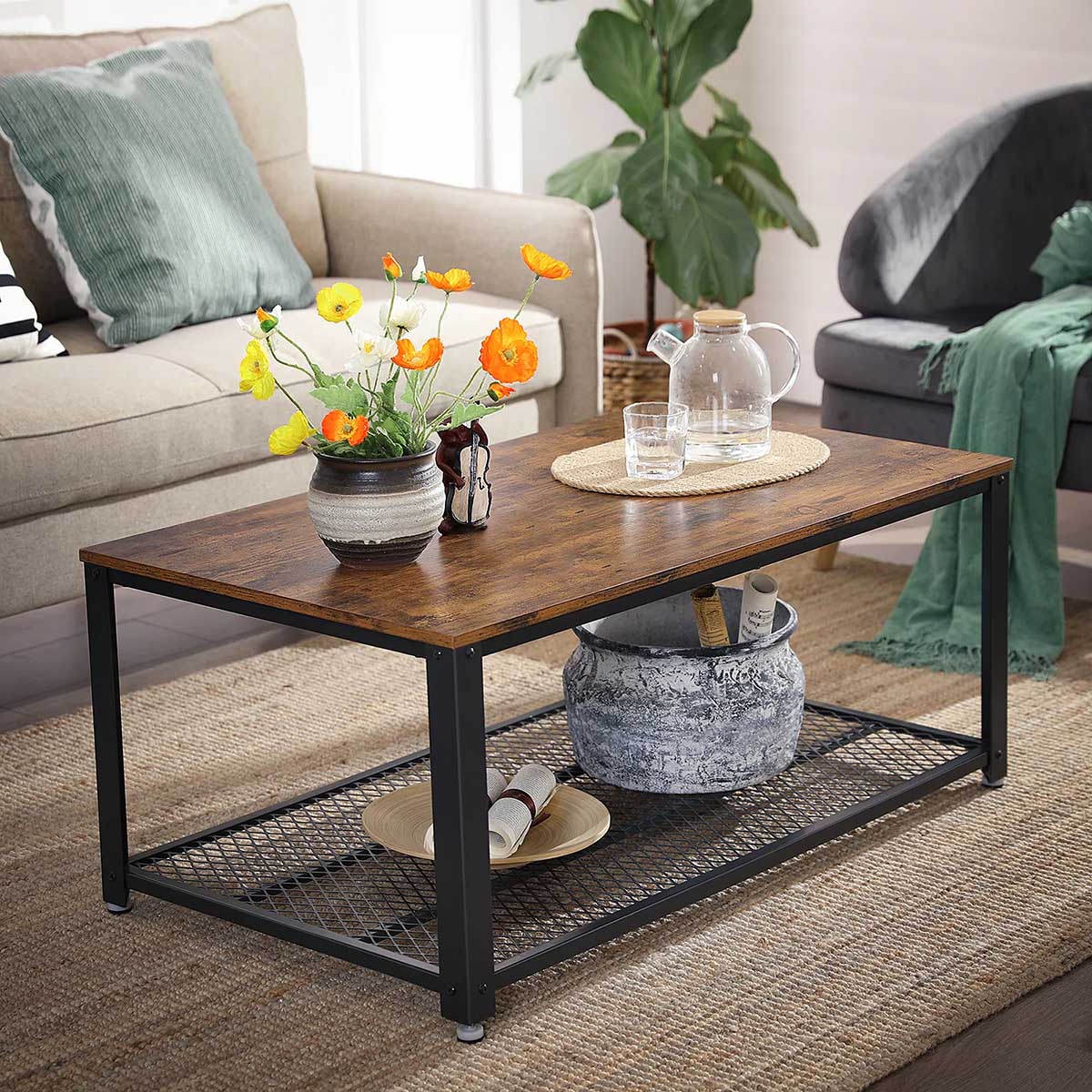
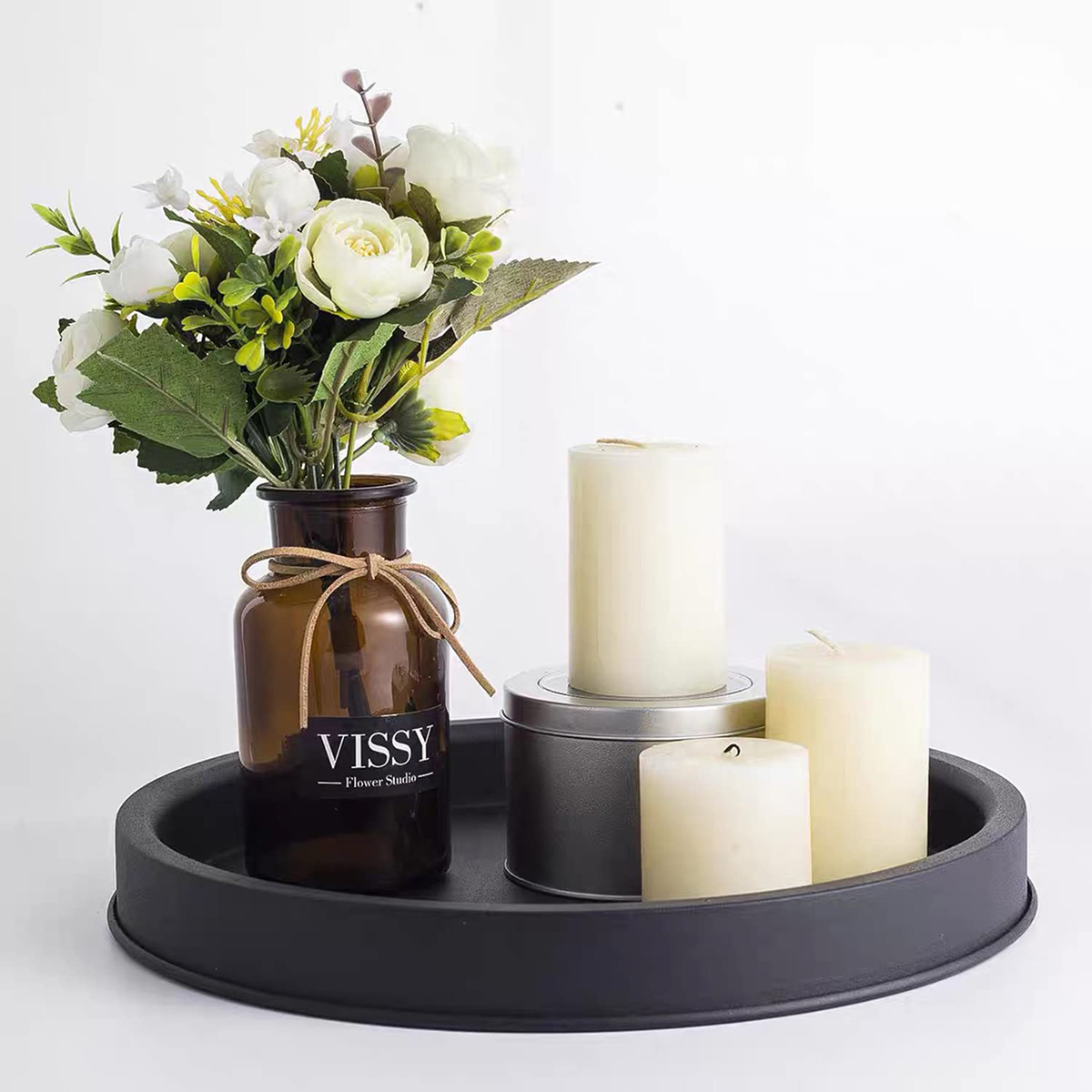
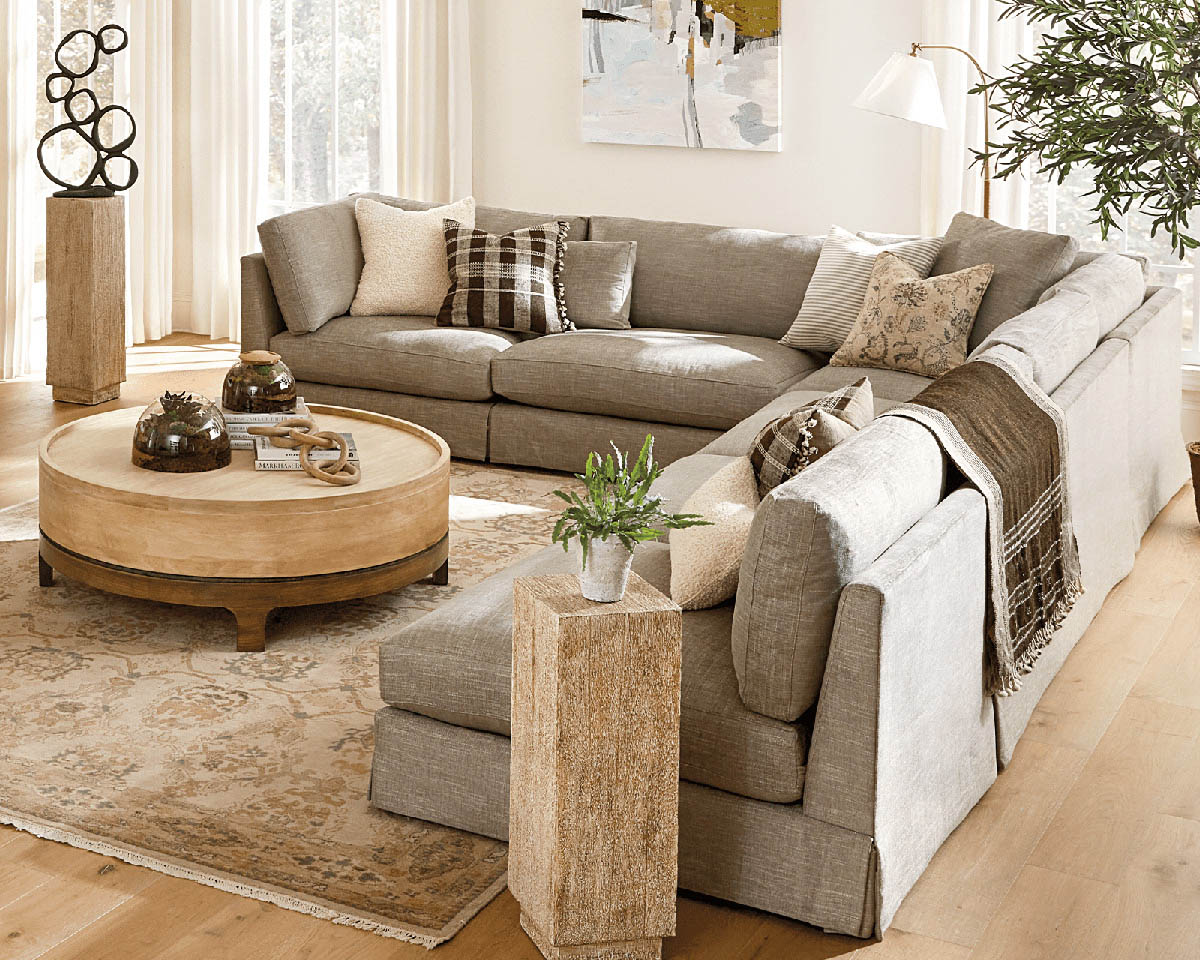
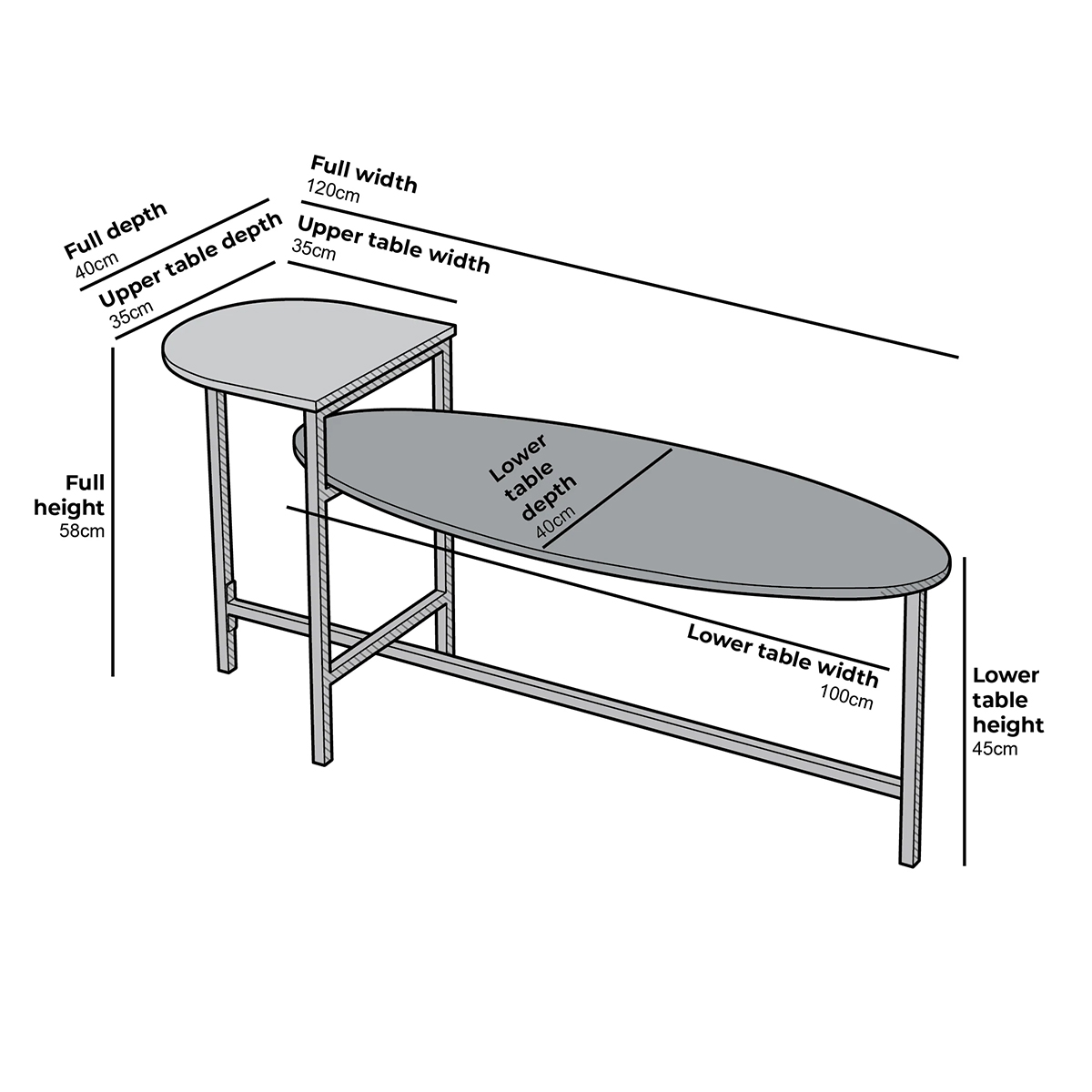
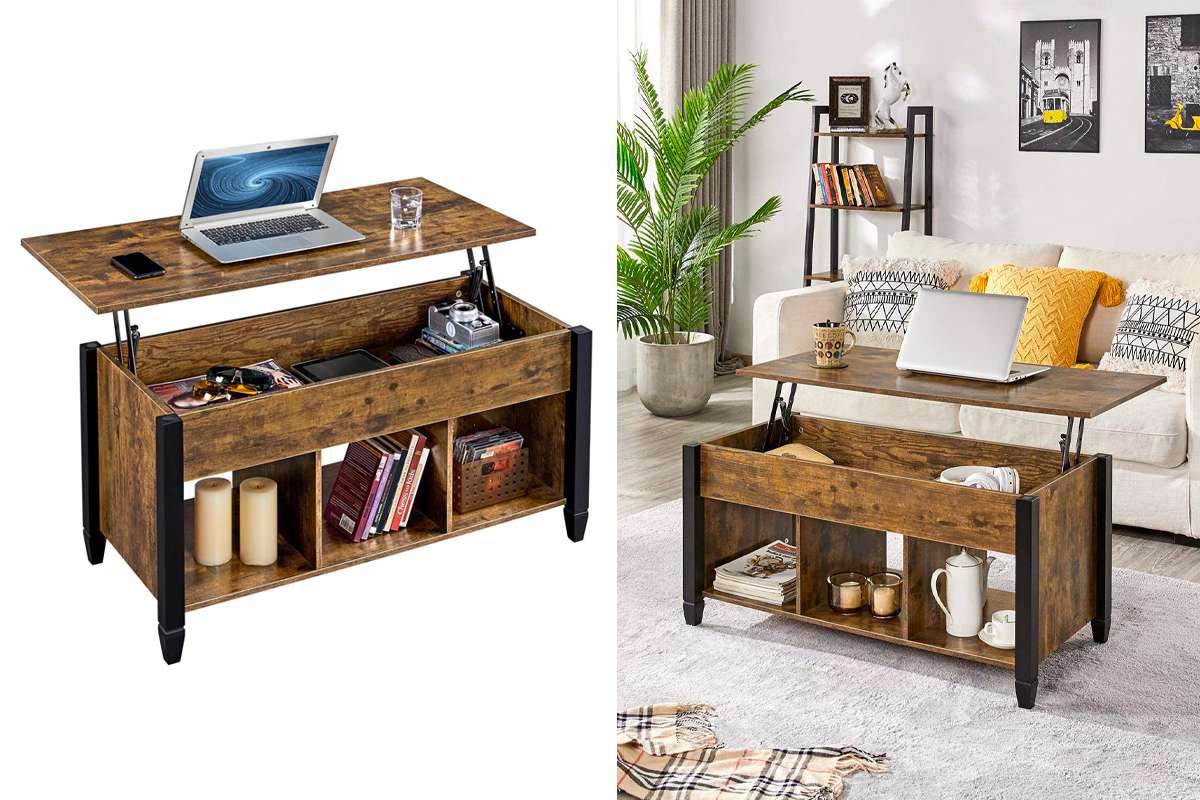
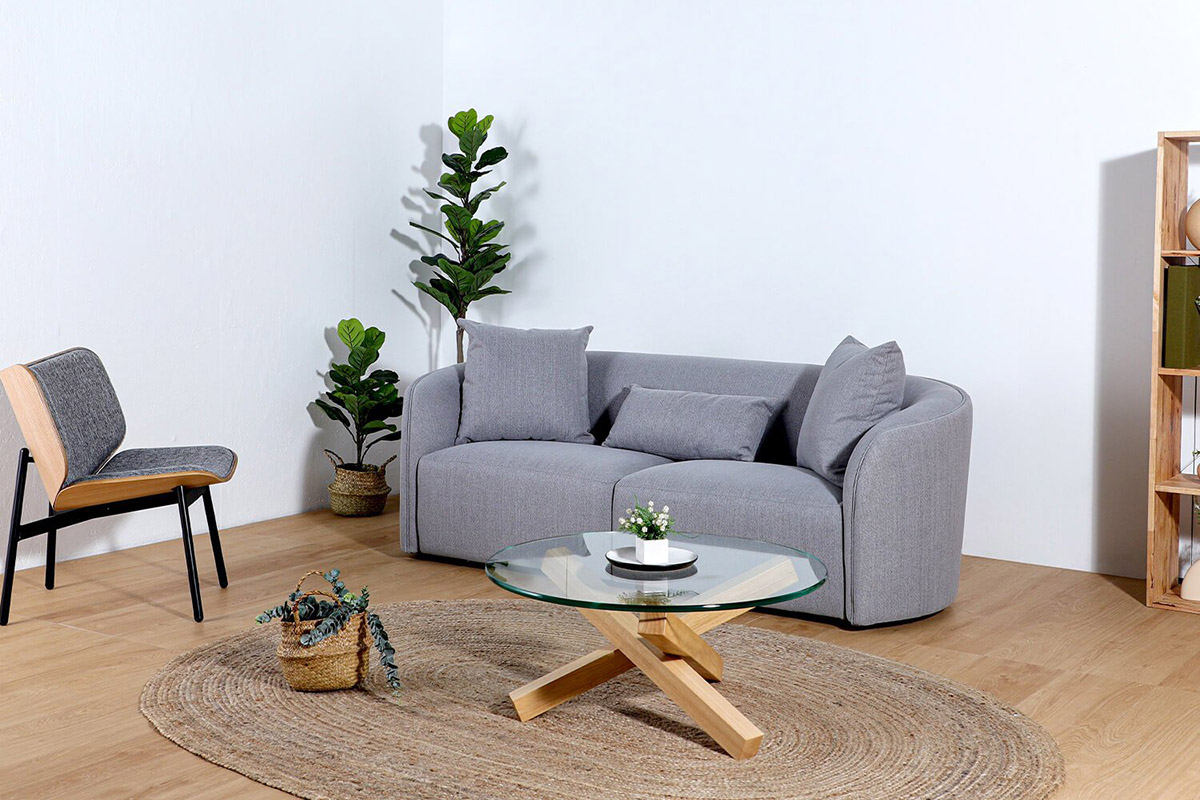
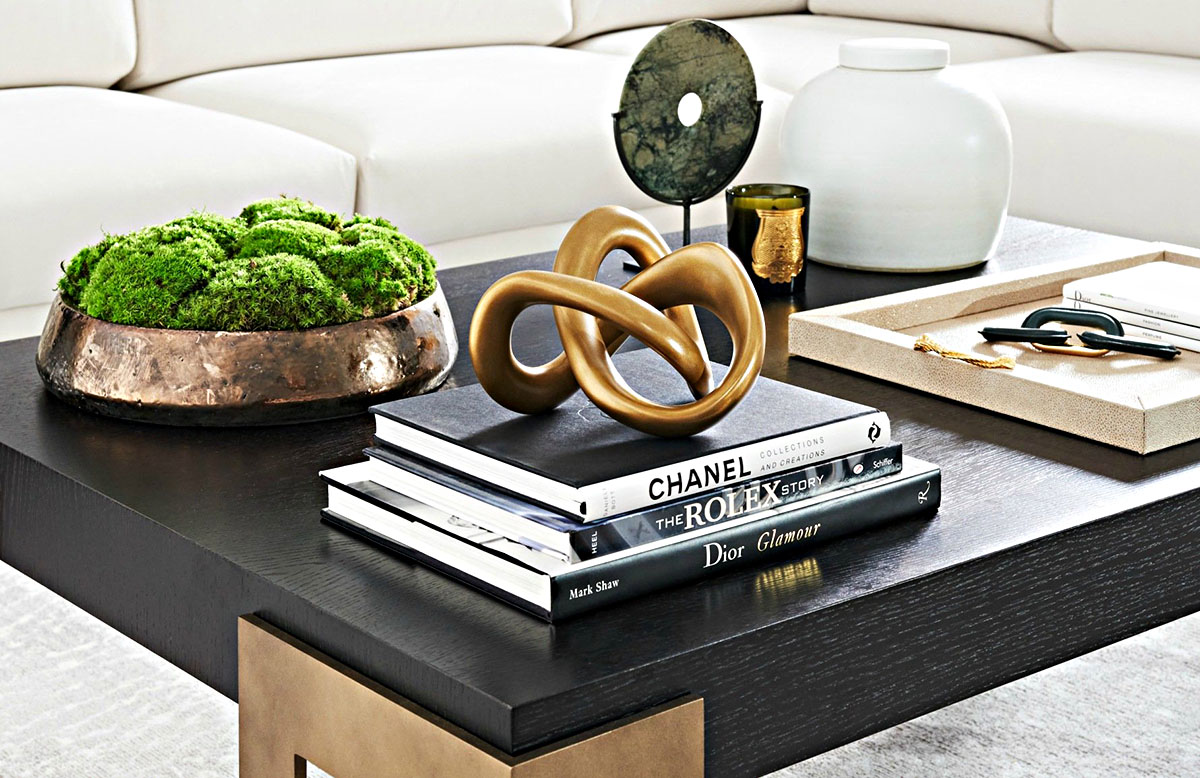
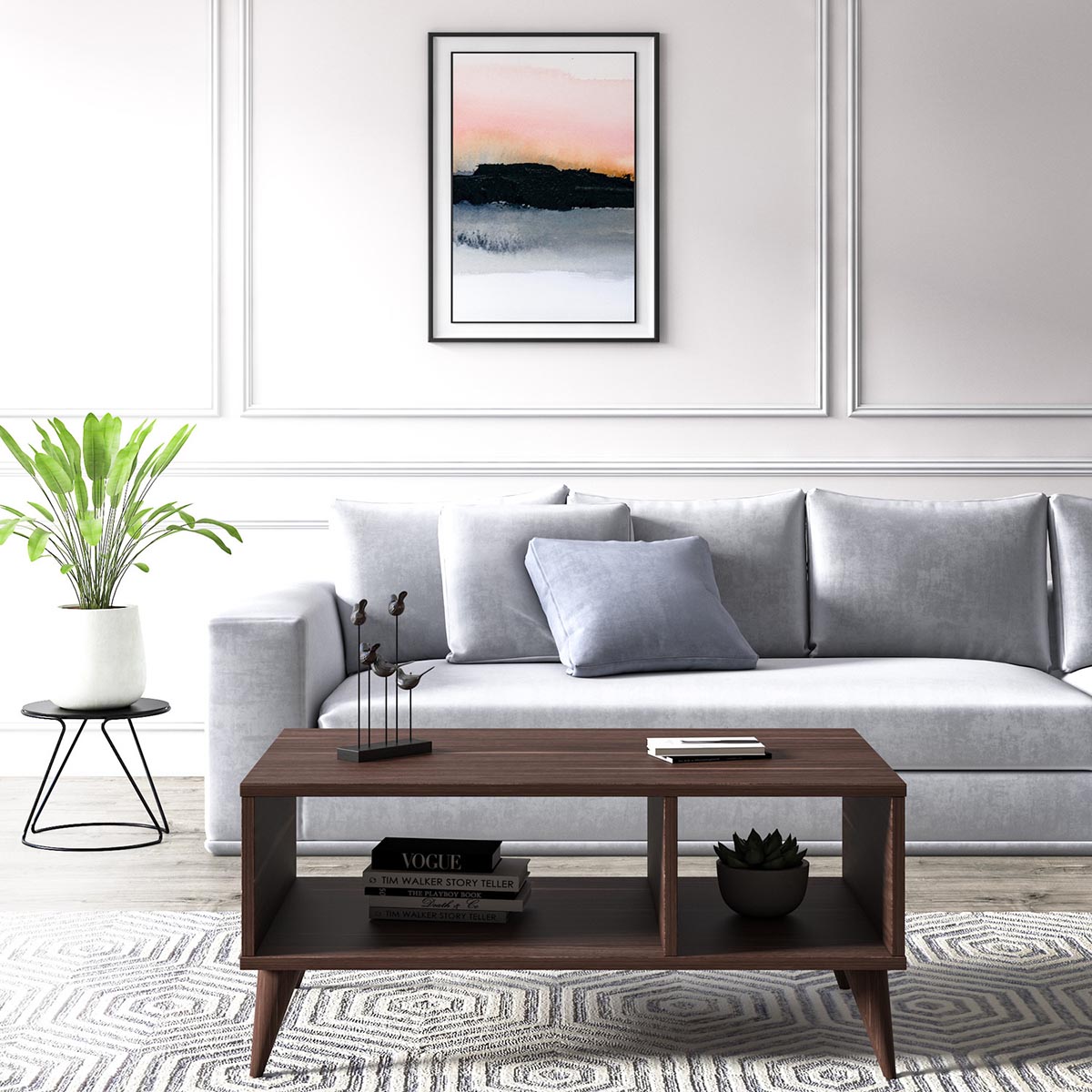
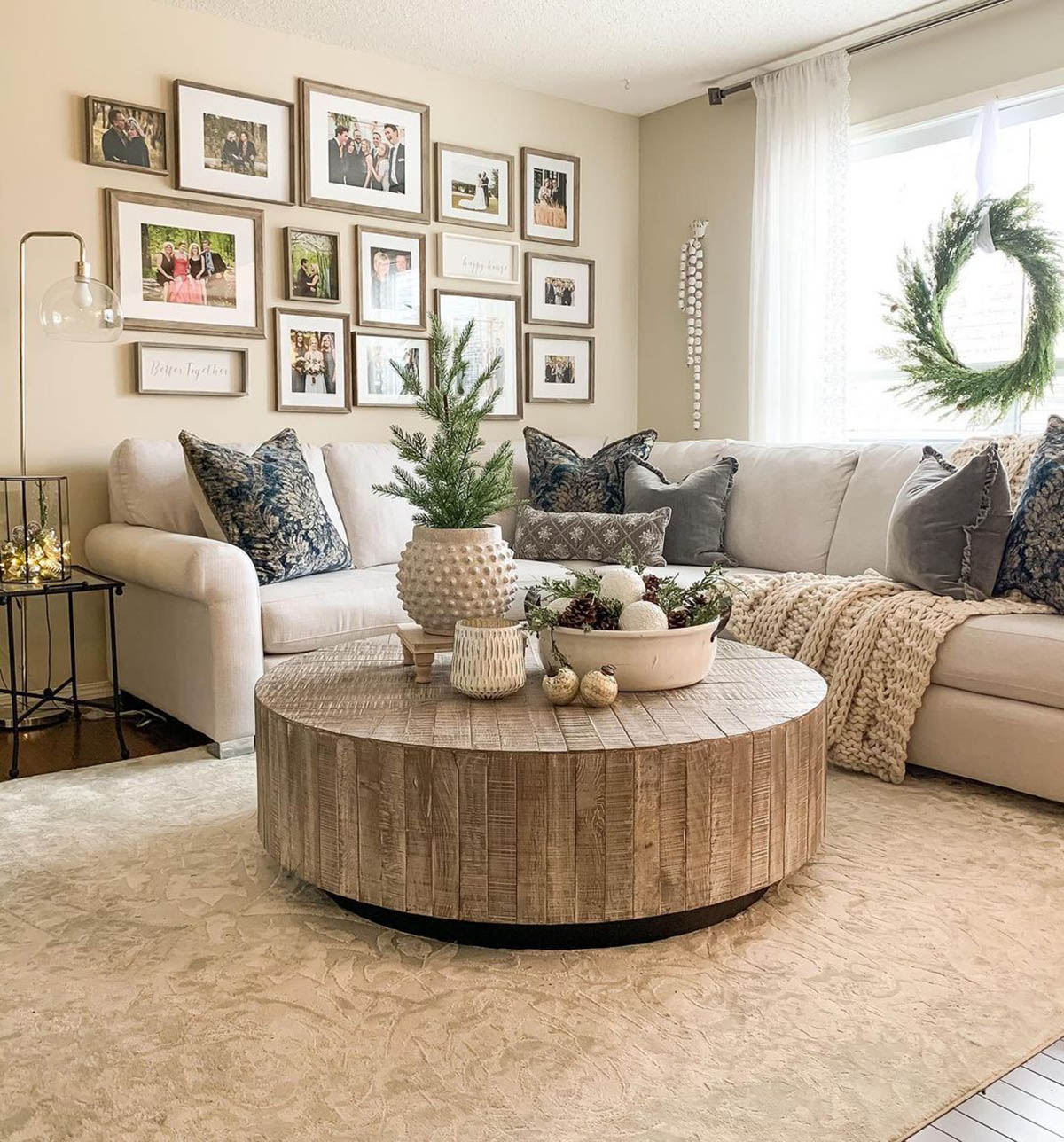
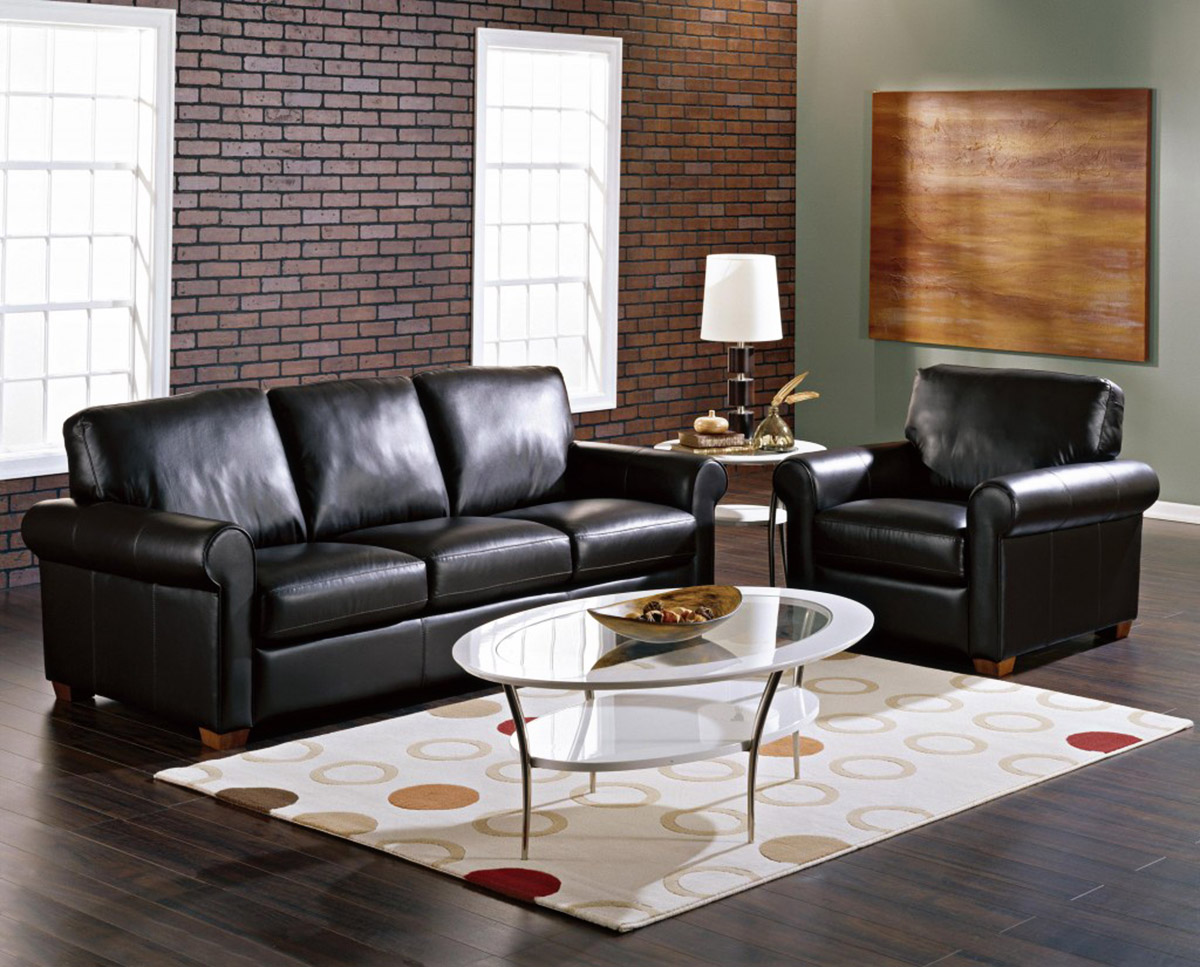

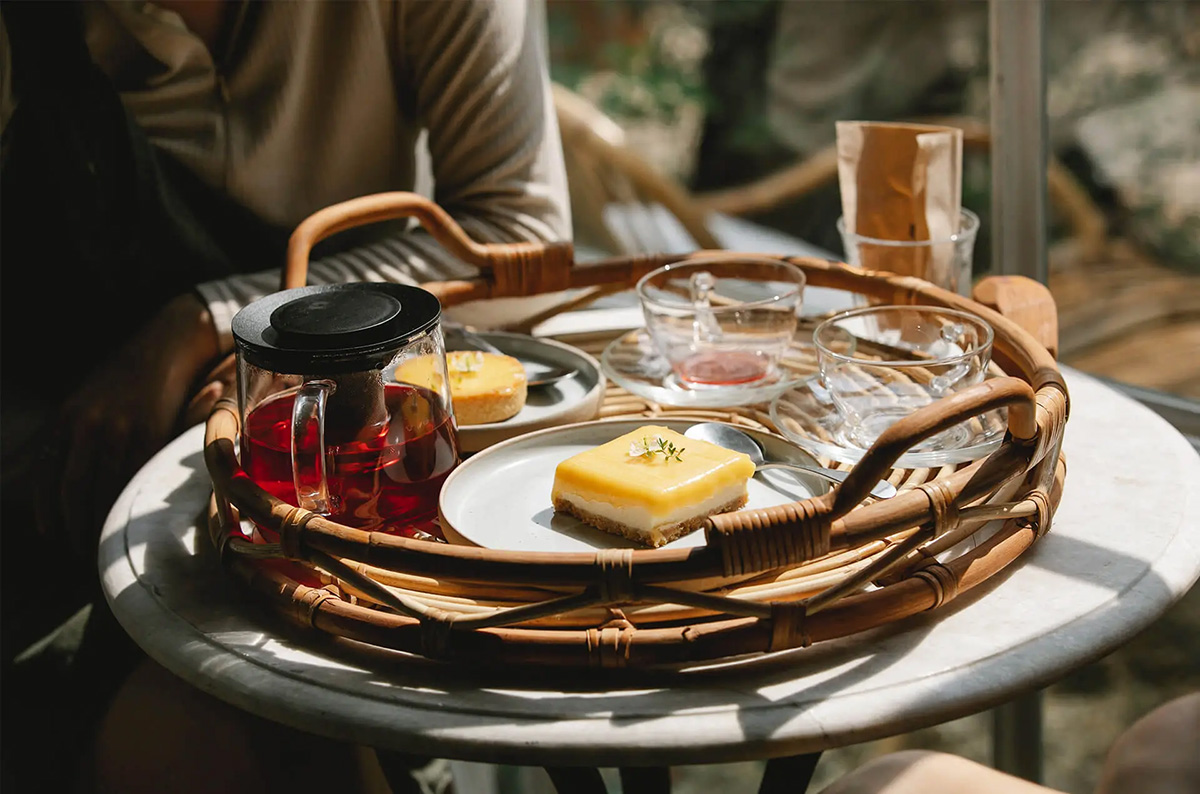
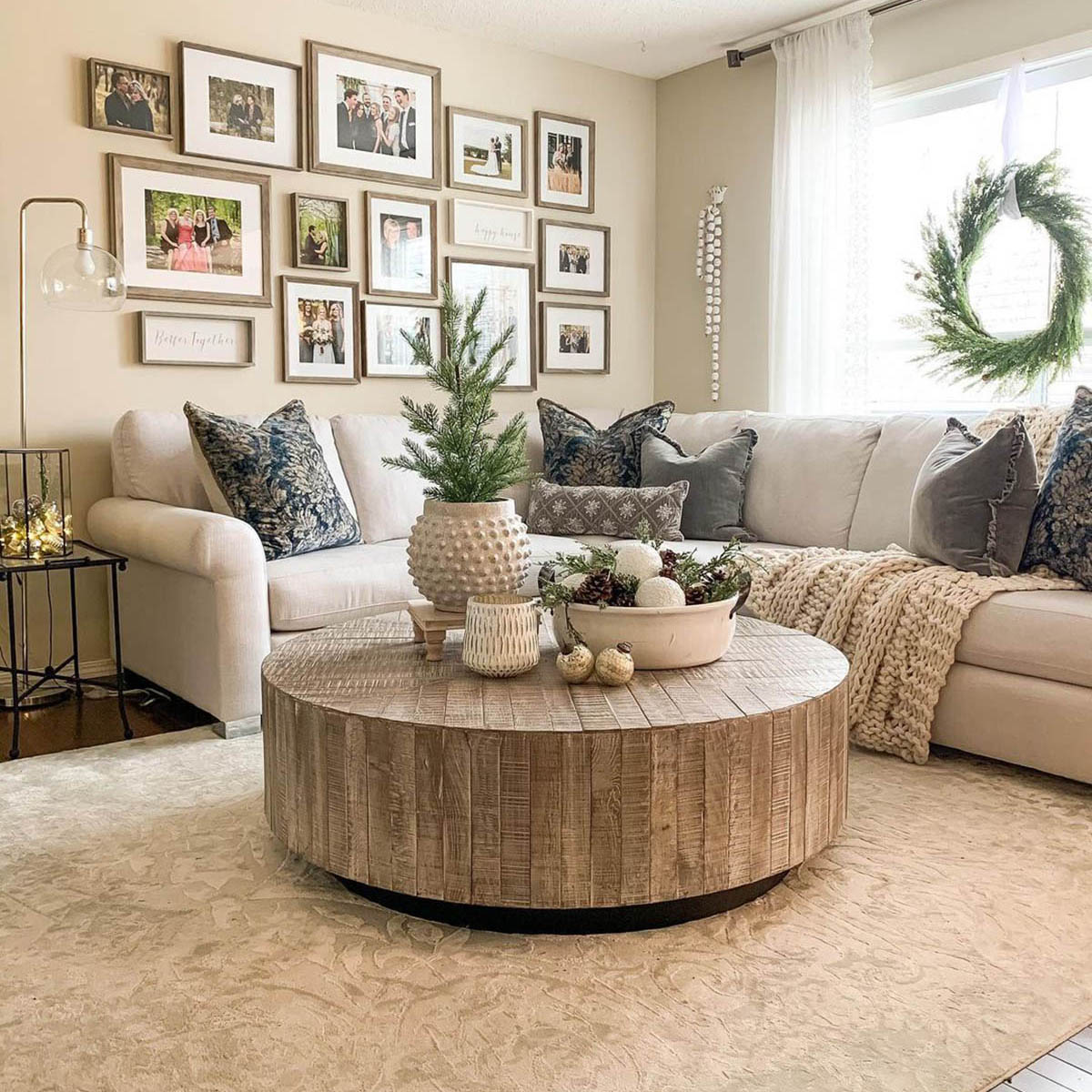

0 thoughts on “What Is A Coffee Table Used For”